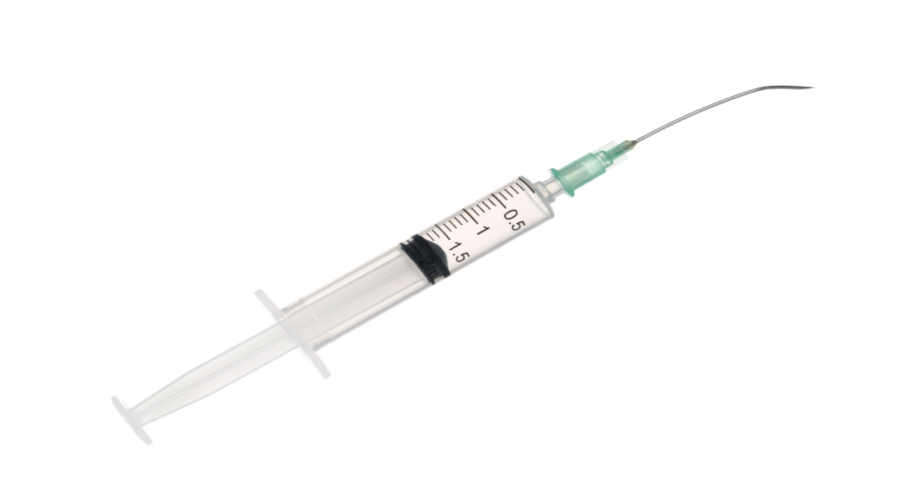Inside: It’s tough to tell whether a poorly selling product is awaiting an upswing or is simply dead weight. Learn when to permanently remove a product from your inventory.
You rely on your front end to generate revenue. Your patients rely on your front end for over-the-counter drugs, personal care items, and other odds and ends. Usually, that’s a beautiful friendship.
But what happens when your front-end offerings aren’t selling?
Knowing when to stop stocking an item can be difficult, especially when it’s a product you believe in or one with significant markup. Although variables like placement, advertising, and pricing could be holding back a potentially successful item, some products simply won’t sell well. And they’re taking up valuable space on your shelves.
If an item hasn’t been selling well, look for these signs that show it may be time to finally throw in the towel.
1. Price cuts and displays don’t move the product
Did you give the product its best chance at success? Highlighting products on endcaps or with eye-catching displays will get more shoppers to notice the item, but it can’t make them buy it. Slashing the price will sometimes drive trial among bargain hunters, but few will pick up a discounted version of something they’re just not interested in.
If you still think you haven’t presented the product in its best light, give it one more try. Consider making it part of a themed, niche end cap or making it your “product of the month.” Mention it in your email marketing or highlight it next to the cash register. Then pay attention to the numbers. If sales don’t pick up after a month or two, it’s probably time to cut your losses.
2. Customer feedback is negative
In most cases, visitors to your store will simply buy or not buy a product without ever commenting on their decision. So when patients do chime in about an item, it’s important to listen.
Some criticisms will point to other products to replace the one that’s not selling. A lotion with an unpleasant scent surely has competitors that will smell—and sell—better. An item repeatedly labeled as too expensive may have a lower-end cousin that shoppers prefer. If you’re already keeping a want book by the counter, use that to make note of any feedback your patients volunteer and take those into account next time you’re making buying decisions.
3. National trends don’t bode well
Your store is geared toward the people who live and work in your community, not America as a whole. Products that fly off the shelf in rural Iowa may gather dust in urban California shops. But when a product’s languishing on your front end and national data shows a downward trend, it’s probably time to throw in the towel.
If nobody’s bought that product from you in a while, it may be the result of changing tastes. Keep up with trends using sources like Drug Store News, the National Retail Federation, Simmons Research, and Retail Dive to see if the data supports your hunch.
4. It’s obsolete—or on its way to obsolescence
In business terms, any merchandise that isn’t selling now and isn’t expected to sell in the future is considered obsolete inventory. That definition covers most of the products you’re considering abandoning, but there are more specific ways an item can be obsolete.
It’s holiday specific.
Halloween, Christmas, and Valentine’s Day roll around every year, but that doesn’t mean it’s worth storing holiday inventory for another 12 months. Identify some higher-margin items that sell well year after year and set them aside. Then get rid of everything else.
It’s being discontinued.
Here, the choice of whether to keep ordering the product has been made for you. Instead, you’ll need to decide which similar products you’ll stock in its place. If the product has been popular with some of your regular patients, you may also want to let them know about the discontinuation and be ready to guide them to a replacement product. As a pharmacist, you know better than anyone which over-the-counter medications can be swapped and what individual patients should consider when switching formulas.
It is part of a fad that has died off.
From Silly Bandz to LiveStrong bracelets, some products sell like hot cakes for a few months and then fade into history. Whether they simply fall out of fashion or abruptly become unpopular after a scandal, it’s best to clear out your stock and move on. In pharmacies, some of the most likely culprits may be products associated with fad diets. Trends like juice cleanses and cellulite wraps are bound to be hot and cold, so watch your sales numbers carefully.
If your “obsolete” items are still selling well, there’s no need to drop them just yet. Maybe your community still loves DVDs despite the advent of streaming, or you live in an area where a past national fad is still relevant. Stock what sells but be prepared for some items to fall out of favor with your audience.
5. It’s too niche for your community
We talk a lot about how independent community pharmacists can and should establish themselves within niches to stay competitive. But not every niche will make sense for your pharmacy. Whether you picked the wrong niche or you simply overestimated the mass appeal of a particular product, it’s important not to double down on a bad call.
How to get rid of inventory you’re done stocking
Once you’ve decided it’s lights out for a particular product, it’s time to consider if—and how—you can minimize the financial blow. Here are some basics.
- Slash the price to a deal that’s too good to turn down. Remember that getting some money for the item is better than getting none.
- Donate items that might be of genuine use to someone in need. Personal hygiene products like mouthwash, deodorant, and razors are often badly needed at homeless shelters. Over-the-counter medications or medical supplies might be welcome at a local senior center or Boys and Girls Club. Remember to contact an organization and confirm that your donation would be helpful before dumping your unused inventory on these groups.
- When possible, recycle products that you can’t sell or donate.
Partner with a retail expert
Independent community pharmacists spend years studying pharmacology and training to treat patients, but retail management is a new horizon. Keeping track of every product in your inventory is a tall task many pharmacies won’t have time for. And it’s not always worth the time investment.
Retail specialists like Hamacher Resource Group (HRG) can minimize your burden. Because HRG specializes in assortment planning and placement and item database management, it knows which items you should be stocking—and which ones you should let go of. If you partner with HRG, you can stop worrying about stocking and start focusing on your patients.
Want more pharmacy business tips and advice? Sign up for our e-newsletter.












